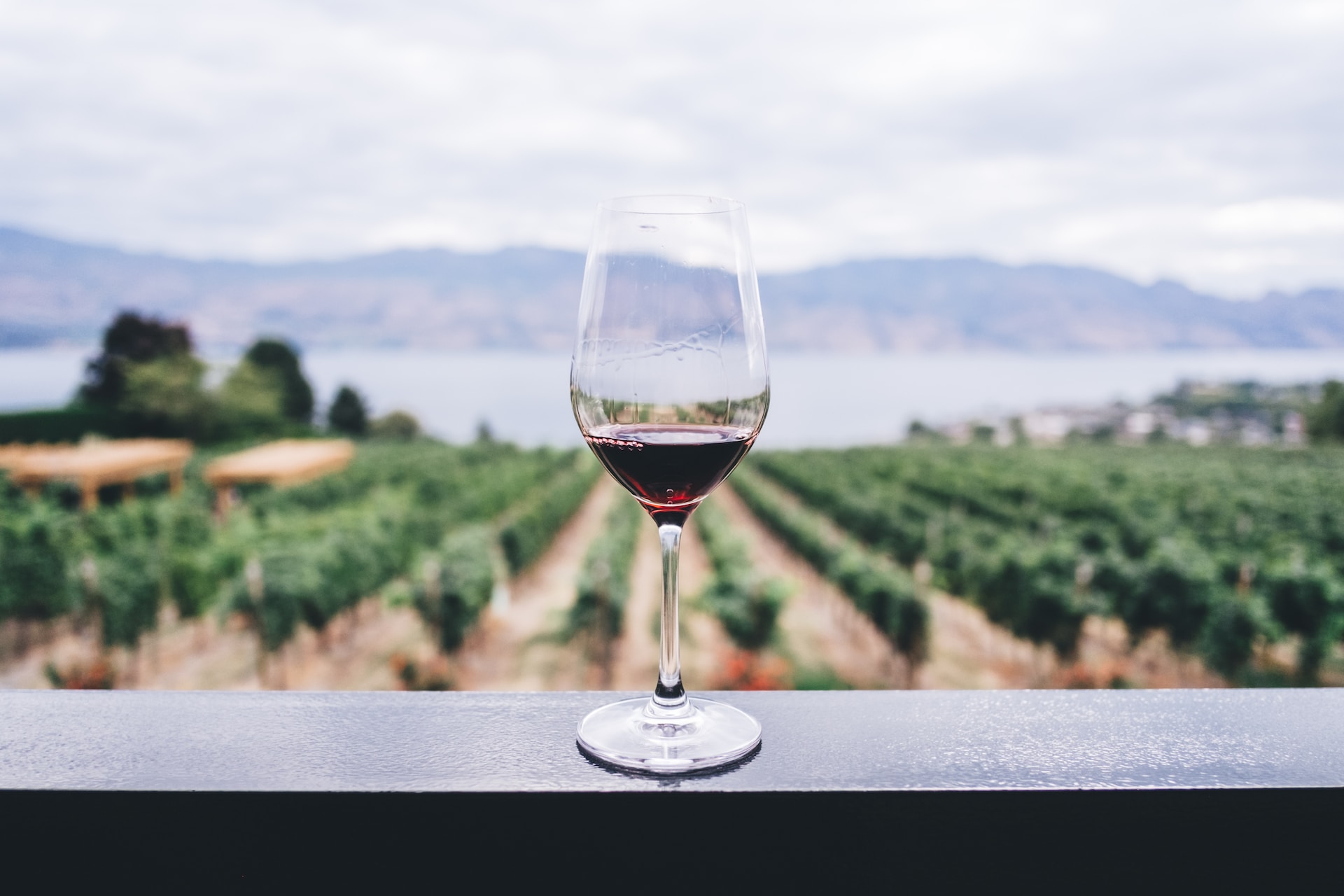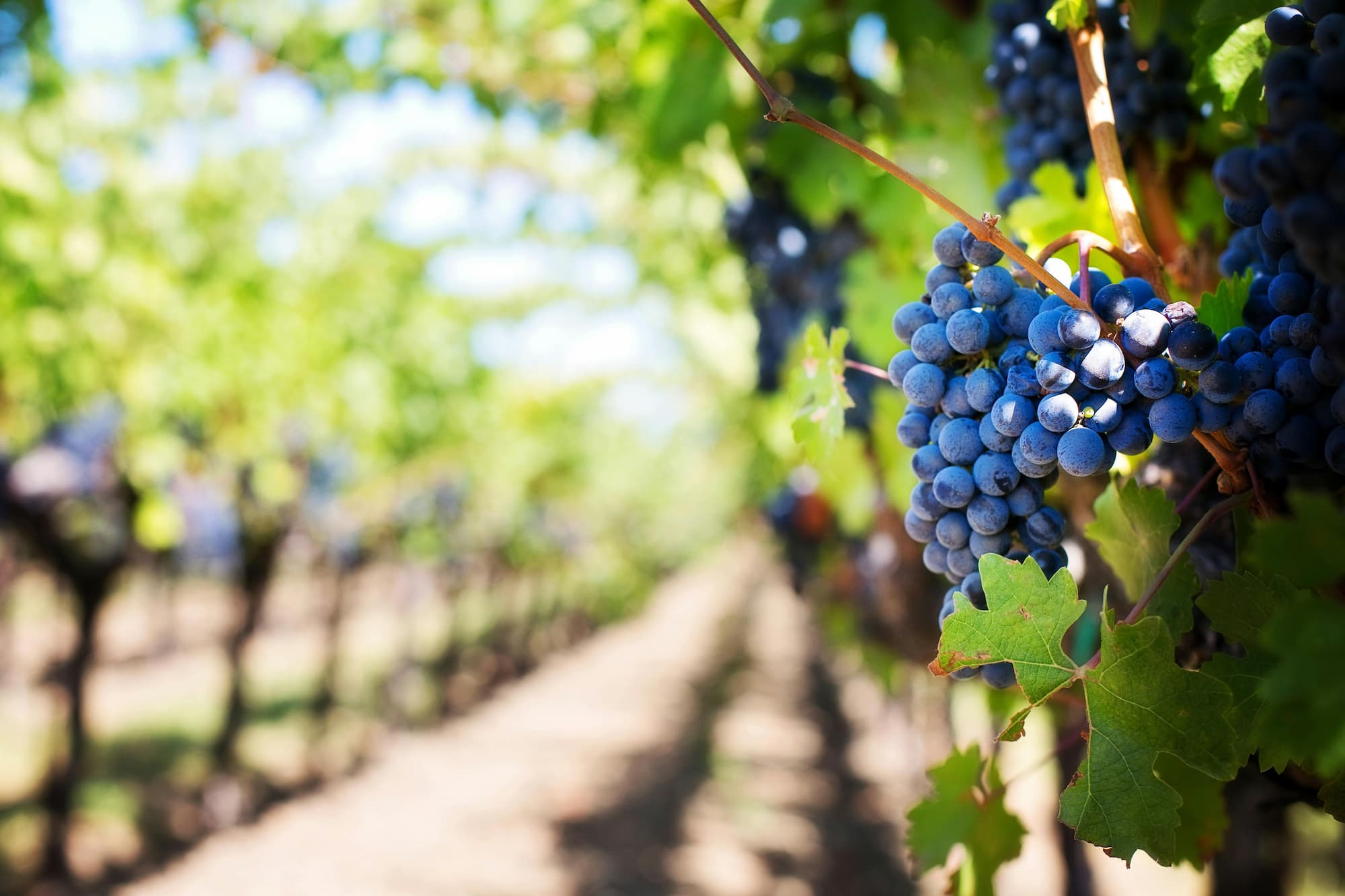Welcome to DU!
The truly grassroots left-of-center political community where regular people, not algorithms, drive the discussions and set the standards.
Join the community:
Create a free account
Support DU (and get rid of ads!):
Become a Star Member
Latest Breaking News
Editorials & Other Articles
General Discussion
The DU Lounge
All Forums
Issue Forums
Culture Forums
Alliance Forums
Region Forums
Support Forums
Help & Search
The DU Lounge
Related: Culture Forums, Support ForumsWine 101: What makes Cabernet Franc so special?
Meet Cabernet Franc, parent to both Cabernet Sauvignon and Merlothttps://www.themanual.com/food-and-drink/cabernet-franc-wine-guide/#dt-heading-cabernet-franc-color-aroma-and-flavor

Do yourself a favor and enjoy a bottle of Chinon in early spring, when the hardier trees are budding, but winter’s chill still lingers. I say this from experience: I once sat near the window of a slightly chilly wine bar after the electricity had gone out. The Chinon we ordered was a lighter color than I expected — not much darker than a pinot noir — but its taste was unique: red berries, bell pepper, and a tannic acidity so zesty it positively danced on my tongue. I’ve had wines that were elegant, even sassy, but this one was alive. I attribute this fact to two reasons — a good producer and the wine’s sole varietal: the versatile black grape known as Cabernet Franc, co-parent to the wildly popular Cabernet Sauvignon and Merlot varietals. Red wines made from this grape can be as fresh as a Beaujolais or deep as a Bordeaux. It’s also used to make rosé and ice wines.

The town of Chinon is located in the central Loire Valley and focuses on producing red wine made from Cabernet Franc. It’s been this way for a long time — possibly since the 12th century, when the town’s wines were served in the Plantagenet courts. In time, Cabernet Franc made its way to Bordeaux, where it became parent to both of that region’s mainstays, Cabernet Sauvignon and Merlot, as well as being a major player in certain red wines from Sainte Émilion. Now, Cabernet Franc can be found all over the world, either featured as a sole varietal or a dependable blending agent.
Cabernet Franc: color, aroma, and flavor

Cabernet Franc can be quite robust in flavor, but its color is altogether lighter and brighter than Cabernet Sauvignon. You’re likely to detect green pepper, strawberries, cassis, and maybe violets on the nose — especially if the grape was grown in cooler climates. Cabernet Franc wines produced in warmer climates can smell like dried berries and cayenne pepper.
Depending on the soil it was grown in, the palate will boast flavors ranging from tart red fruit, tobacco, gravel, graphite, licorice, and leather on the palate — along with a leafy, vegetal greenness that comes across like nothing so much as bell pepper. At the finish, expect a dancing acidity that is like nothing else. The wine’s tannic structure also depends on climate: warmer ones produce fuller, more tannic wines, which are good for storing in your home wine cellar. Regardless, every Cabernet Franc wine gets more savory with age.
Where does Cabernet Franc grow?

snip

Penley Estate, "Francis", Cabernet Franc - 2021
Australia
3 replies
 = new reply since forum marked as read
Highlight:
NoneDon't highlight anything
5 newestHighlight 5 most recent replies
= new reply since forum marked as read
Highlight:
NoneDon't highlight anything
5 newestHighlight 5 most recent replies
Wine 101: What makes Cabernet Franc so special? (Original Post)
Celerity
Mar 11
OP
brush
(59,755 posts)1. Great info. Thanks for sharing.
What a great article. Cheers!
surfered
(6,538 posts)3. We have been lucky enough to have visited and drink got their wines from the local vineyards.
We also visited the castle of King Henry II and Eleanor of Aquitaine. Beautiful.